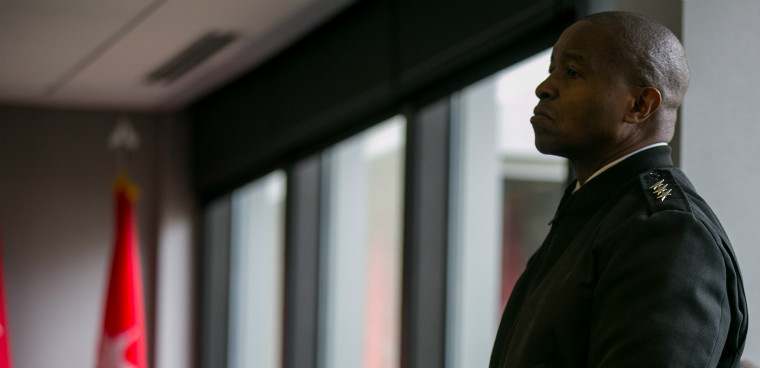Outgoing Army tech chief: CIO split was 'right decision at the right time'

Army CIO/G6 Lt. Gen. Bruce Crawford said the move will allow the new CIO to focus more on big data, cloud migrations.

The Army is at the precipice of a new organizational change that will solidify the service’s plans to focus on cloud architecture and data migration.
The Army announced in June that it was splitting its CIO/G6 role, currently held by Lt. Gen. Bruce Crawford, into two distinct positions. Crawford, speaking at a July 16 FedInsider event on COVID-19’s impact on national security, said the move was the "right decision at the right time."
"[It] will give the CIO the time and the resourcing to focus on the big data, cloud migration efforts and it will allow the G6 to really focus their energy on the enterprise network that’s going to be required to enable the tactical edge," he said.
Crawford is planning to retire in the next month. His replacement for the restructured CIO job hasn’t been named but is expected to be determined by Aug. 31. C4ISRNET reported that Maj. Gen. John Morrison, outgoing chief of staff for U.S. Cyber Command, would be the new deputy chief of staff for G6 -- the other post being spun out of the current role.
Army Secretary Ryan McCarthy said the reorganization permits cloud to become more of a universal commodity "across the Army comprehensively."
"If you look at the way the chief information officer role...the G6 was basically put in charge of that but didn’t have all the pure authorities to manage across the entire continuum," McCarthy said during the same event. "We recognized that we needed a chief information officer function, pure, for the Army and that was the desire of the organizational move."
The Army secretary added that cloud architecture and common data standards would be "absolutely necessary" to connect the service’s investment portfolio, which is betting heavily on new technologies such as the integrated visual augmented reality headset.
Crawford said the Army’s goal to enhance the services’ IT infrastructure to connect sensors and personnel will build on data and cloud migrations over the next few years.
The Army, which has been building its enterprise cloud office since October, is also standing up its first of what will likely be many software factories to increase its software development capabilities and has been focusing on adopting the enterprise IT as-a-service model to leverage commercially available technologies.
Doing so has proven particularly worthwhile during the coronavirus pandemic, which Crawford said forced the Pentagon and the Army to adopt collaboration tools much faster than normal.
He pointed to the rapid adoption of Microsoft Teams this spring as an example, saying the Army "went from zero" to several hundred thousand active users in a matter of weeks.
Crawford said the Army went from virtually no one teleworking to as much as 90% telework.
"It had to do with cybersecurity," he said. "We went from defending the traditional perimeter of our posts, camps and stations to having to defend literally, almost literally, the living room where our employees and our leadership were teleworking from."
NEXT STORY: Army stands up its first software factory



